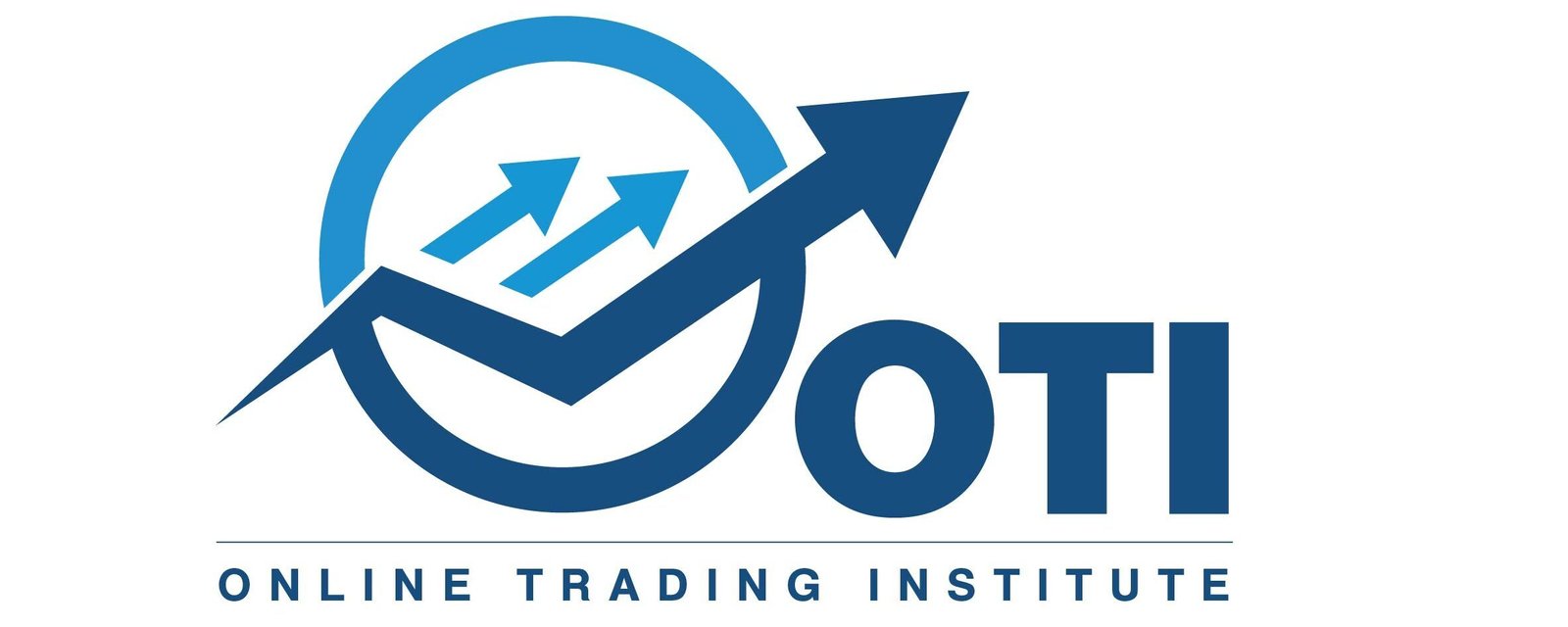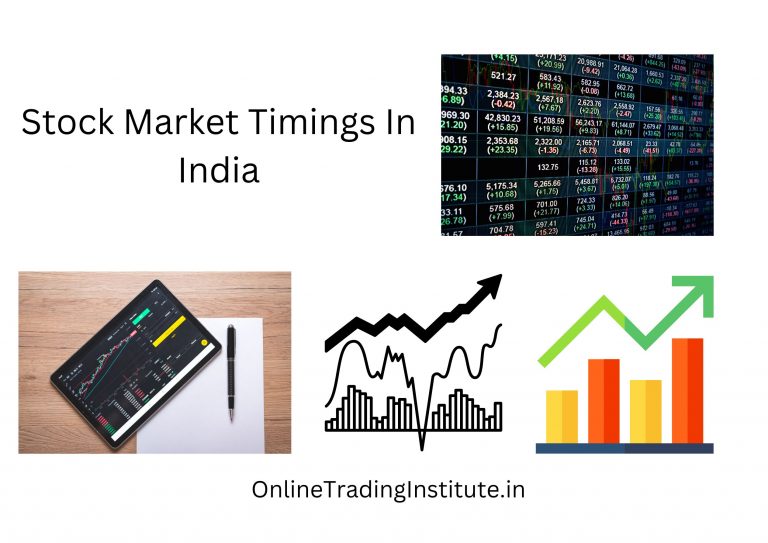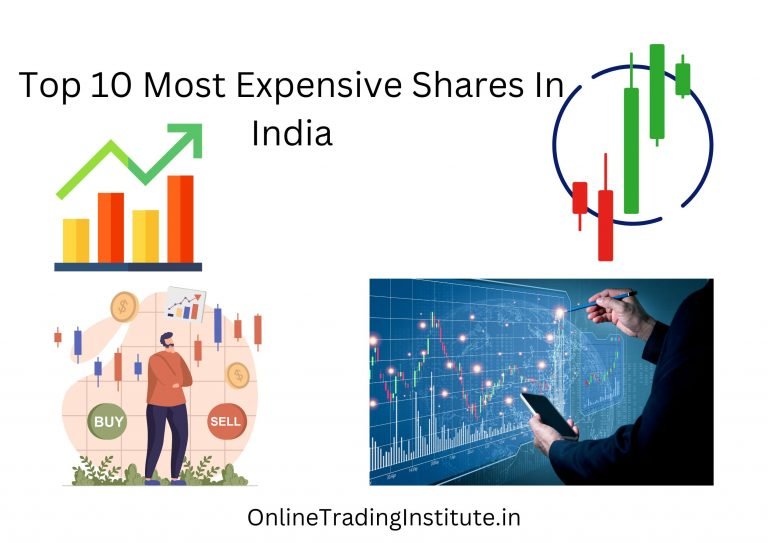🏦 HDFC Bank Stock on the Rise After April Surprise! Experts Decode the Rally?
In a move that caught both depositors and traders off guard, HDFC Bank has reduced its savings account interest rate from 3% to 2.75% for deposits below ₹50 lakh. This change, effective April 12, came shortly after the RBI’s repo rate cut on April 9, 2025. Interestingly, instead of reacting negatively, the stock market gave a thumbs up—shares jumped by 3.5% to ₹1,870.30 on the NSE during early trade on April 15.
This reaction speaks volumes. While retail customers may grumble about reduced returns on their savings, investors seem to understand the deeper strategy at play. With the RBI infusing liquidity and shifting into an easing mode, HDFC Bank’s move seems timed perfectly to manage margins in the face of falling lending rates.
How RBI’s Rate Cut and Liquidity Injection Changed the Banking Mood
The Reserve Bank of India’s latest policy has brought fresh liquidity into the financial system. By reducing the repo rate by 25 basis points to 6%, and thanks to enhanced government spending, liquidity swung from deficit to a surplus of ₹1.5 lakh crore by April 7.
This is excellent news for the banking sector. More liquidity means easier access to funds at cheaper rates. For banks like HDFC, it also signals that cutting deposit rates won’t threaten their liquidity position, giving them more flexibility to lend and maintain healthy profit margins.
Goldman Sachs has praised this move, noting that it reflects confidence in stable deposit inflows. This also indicates HDFC Bank’s readiness to align with macroeconomic signals. Possibly absorb a series of future policy adjustments without putting stress on its balance sheet.
HDFC Bank’s Trading Pattern: Is ₹1,900 the Next Target?
Looking at price action, HDFC Bank has made a decisive breakout from its previous consolidation zone of ₹1,800–₹1,852. Backed by strong institutional activity and positive sentiment post-policy announcement, the rally to ₹1,870+ with a higher trading volume seems to have technical strength.

If the momentum sustains, technical analysts believe the next resistance could be around ₹1,900–₹1,920. Intraday and swing traders are already eyeing short-term opportunities, while long-term investors may view current levels as an accumulation zone ahead of Q4 earnings.
Moreover, HDFC Bank’s consistent approach to cost control—like avoiding interest rate hikes even during rising rate cycles—has helped it maintain strong net interest margins (NIMs). This consistency is a key reason why FIIs and mutual funds continue to keep it in their core holdings.
What’s Next for HDFC Bank Investors?
So, what should investors look out for? First, keep tabs on Q4 FY24 results, which are expected later this April. Watch for trends in loan growth, net interest income, and any commentary on how the bank plans to adapt to the new liquidity environment.
Also, HDFC Bank hasn’t changed its savings rate policy much over the last 14 years. That signals long-term strategy and a clear understanding of customer behavior, especially in a country where FDs still rule over savings accounts when it comes to parking idle funds.
Going forward, if the RBI continues its easing cycle and the economic outlook remains stable, HDFC Bank may benefit in ways. Lower funding costs, stronger retail credit demand, and better operating leverage are some of them.
Final Word: A Smart Move in a Changing Landscape
In the Indian stock market, perception often drives price more than plain logic. HDFC Bank’s rate cut may look negative from a depositor’s lens, but it’s a strategic masterstroke in today’s macro environment. Aligning with RBI policy, easing margin pressures, and managing cost of funds efficiently—these are signs of a bank thinking two steps ahead.
For traders, the short-term setup looks promising. For investors, the bank’s fundamentals, track record, and leadership in the private sector make it a sturdy bet in a volatile world. Just like masala in a biryani, the right mix of timing and strategy can elevate the whole dish—and HDFC Bank seems to have nailed it.
Disclaimer: The views and investment insights provided here are based on publicly available information and do not constitute financial advice. Readers are advised to conduct their own research or consult certified financial experts before making investment decisions.



